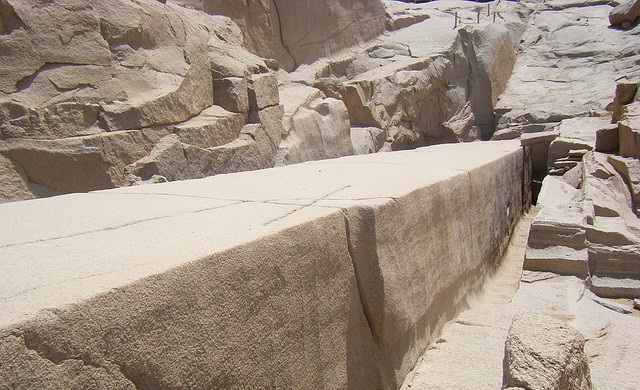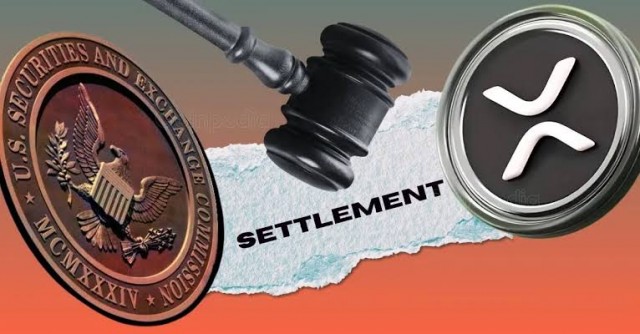Fidelity, one of the world’s leading asset managers, recently filed an application with the U.S. Securities and Exchange Commission (SEC) to add staking to Ethereum (ETH) exchange-traded funds (ETFs), potentially creating an additional revenue stream for investors.

Ethereum staking allows token holders to lock up their ETH to support network security in exchange for rewards. For Fidelity’s ETF, this could mean a steady 3% annual yield, making an already popular investment vehicle even more attractive. When combined with the CME Ethereum basis trade, which currently yields around 6%, total returns could reach 9%, a compelling draw for both institutional and retail investors.
Yet, even though Fidelity’s ETF staking could be a win for investors seeking predictable returns, it’s still a narrow play, restricted to Ethereum’s validator model. On top of that, the SEC’s decision remains the wild card. Approval could reshape the ETF space, but regulatory hurdles have historically slowed crypto innovation in the U.S.
But at the core of it, staking has its own problems that make the whole story feel a little lackluster. Across the crypto space, staking rewards only a small subset of users, while the vast majority—those actively trading and investing see little to no benefits. With crypto trading volumes reaching billions daily while staking participation sits at around 1.03 million active validators, it raises a bigger question: shouldn’t those driving liquidity and market activity be the ones earning more?
With a reputation-driven approach and a focus on scalability, Graphite Network, a next-generation L1 blockchain that enables direct earnings for both authorized and entry-point node operators, shifts the focus from token lock-ups to active participation and rewarding. Its upcoming Market Staking Program prioritizes ongoing participation and liquidity contribution over passive holding, potentially delivering greater rewards.
In light of Fidelity’s ETF filing, ADVFN sought perspectives from professionals actively developing blockchain solutions, one of whom is Marko Ratkovic, Graphite Network’s CTO:
“Staking—whether on Ethereum or other networks—has lost much of its hype, and Fidelity’s ETF move feels like an attempt to revive interest and push ETH’s price up. But the model itself remains outdated. Why should only stakers earn when traders and active participants drive the market? The market doesn’t grow because people are staking—it grows because people are trading, investing, and engaging. That’s who we believe should be earning as well.”
More About Graphite Network’s Market Staking Revolution
Graphite Network’s Market Staking Program is set to launch in the first half of 2025. Unlike Ethereum’s validator-driven model, this program rewards those who keep markets liquid, especially high-volume traders and market makers by paying them weekly rewards in the blockchain’s native cryptocurrency, @G.
The program sidesteps the pitfalls of passive staking, where inflation often erodes token value as more users lock up funds. Instead, it ties rewards to trading volume on decentralized exchanges (DEXs), ensuring that active participants fuel the ecosystem.
This approach is about traders in the first place but also about building a more active crypto environment. By rewarding those who drive liquidity, Graphite Network creates a self-sustaining cycle of activity, offering crypto users a way to earn that could outpace the relatively modest yields of ETH and other token staking options.
A 2025 Roadmap That Makes Web3 Mainstream
Graphite Network made a splash in late 2024 with game-changing features and serious scalability, putting it on the radar of major crypto news outlets. Its approach to L1 design rivaled some of the biggest names in the space, sparking conversations across the industry. Now, it’s keeping that momentum going with even more innovation with its 2025 broader roadmap which lays out an ambitious vision to bridge Web3 and practical use cases. It includes major infrastructure upgrades and introduction of L2 applications that will bring reputation-driven mechanics to Web3 to solve real-world problems. Here is a summary of the plans:
First half of 2025 Priorities
In addition to launching the Market Staking Program, Graphite Network will make sure @G gets listed on major CEXs in the coming months. Listings like these can help boost demand, bring in more traders, and make @G a bigger part of the crypto market. The team also plans to announce new partnerships that will set a ground for collaboration and growth.
There’s also the Phonebook Reputation MVP in the works, a tool that will link phone numbers to reputation using smart contracts. Once live, it will introduce a new way to verify trust and credibility on the blockchain, making interactions more transparent and reliable.
Q3: User-Driven Innovation Takes Center Stage
Online dating has a trust problem—fake profiles, catfishing, and people not being who they say they are. In Q3, Graphite Network is launching an early version of its reputation-based dating app, using blockchain to help verify users and make dating feel safer.
A Hotspot Bundle initiative will also be rolled out to deliver decentralized internet to underserved regions via hardware/software nodes. It’s a confident step toward inclusivity, ensuring Web3 is easily accessible by everyone in the world.
Q4: Governance and Tokenization
Before the year ends, Graphite Network looks to introduce a competitive voting system that ties influence to reputation and a DePIN Geo Game that tokenizes real-world objects. Players can engage in auctions and explore an inflationary economy, blending gaming with blockchain utility.
Fidelity’s ETF staking, still awaiting SEC approval, could introduce crypto yields to traditional investors, but it only covers one piece of the puzzle. While regulators review Fidelity’s proposal, Graphite Network is showing that engagement and innovation can offer alternative ways to reward crypto users.















